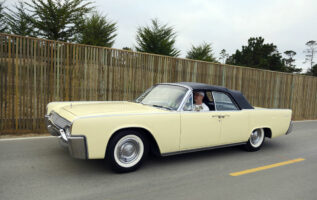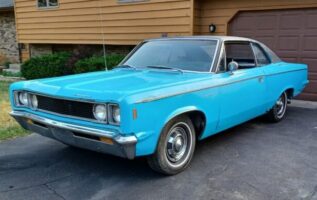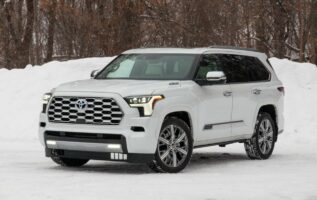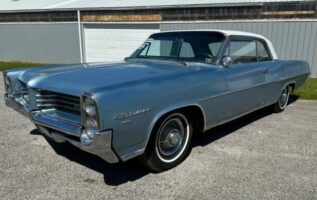
Prepare to be transported back in time with the astonishing discovery of a 1948 Chevrolet Fleetline, seemingly trapped in a half-century of slumber within the confines of a forgotten barn. This vintage gem, once a sleek black beauty, now wears a weathered coat of sun-burned rust, giving it an unmistakable air of mystery. Curiosity piqued, we delve into the story behind this remarkable find, located in Fairmont, West Virginia, currently up for grabs on eBay with an opening bid of $4,300. Join us as we explore the untold tale of this fastback Chevy, brought to our attention by the keen-eyed T.J.!
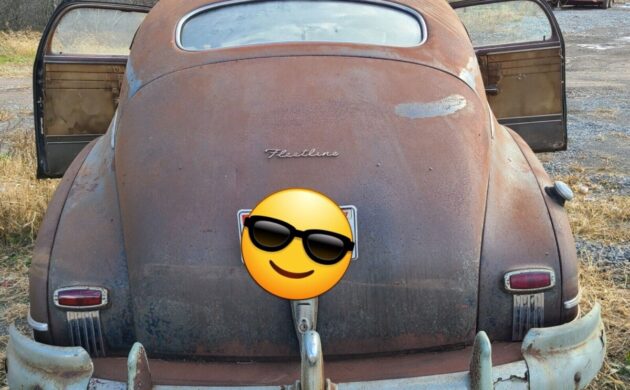
Technically referred to as a Fleetline “Aero Sedan,” this particular trim level, along with the four-door Fleetline Sportmaster sedan, occupied the pinnacle of Chevrolet’s lineup in 1948. Below them were the Fleetmaster series, featuring various body styles, followed by the Stylemaster. Impressively, Chevrolet rolled out 696,000 units in ’48, securing their position as the market leader, with the Fleetline Aero Sedan contributing 58,000 of that total.

According to the seller, rust has only manifested in small holes at the bottom of both front fenders. However, the pervasive presence of surface rust raises concerns about the structural integrity of this Chevy. Despite its weathered appearance, the car appears mostly intact, with no noticeable missing exterior components, except for some fender trim. Remarkably, this Fleetline spent five decades sheltered in a barn, resting on a wooden floor. While the underside may have been preserved, the external deterioration likely occurred during its preceding 24 years exposed to the elements. It is strongly advised to thoroughly inspect the undercarriage before proceeding.
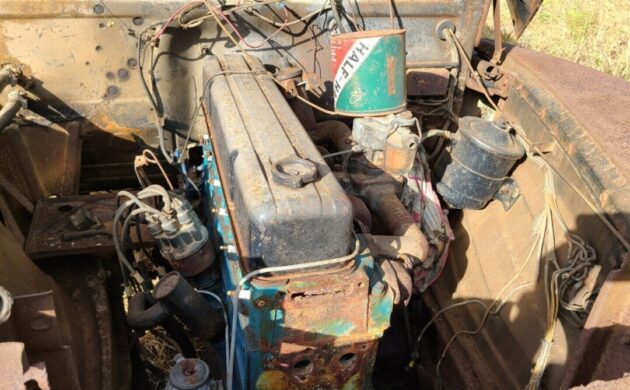
This vintage Chevy’s original 90 HP, 216 CI, in-line six-cylinder engine is rumored to have succumbed to a leaking water pump, rendering it immobile for an extended period. Unfortunately, the water pump and other components appear to be missing, leaving the engine’s condition a mystery. Given the circumstances, a comprehensive restoration effort should consider upgrading to a more robust powerplant with a fully pressurized lubrication system. As we observe the dilapidated interior, with worn seats, deteriorated door panels, and a rust-covered steel dashboard, it becomes evident that a complete interior overhaul will be necessary. Despite the challenges that lie ahead, there is potential for transformation if the dash, seat frames, window regulators, and floor pans are salvageable.



